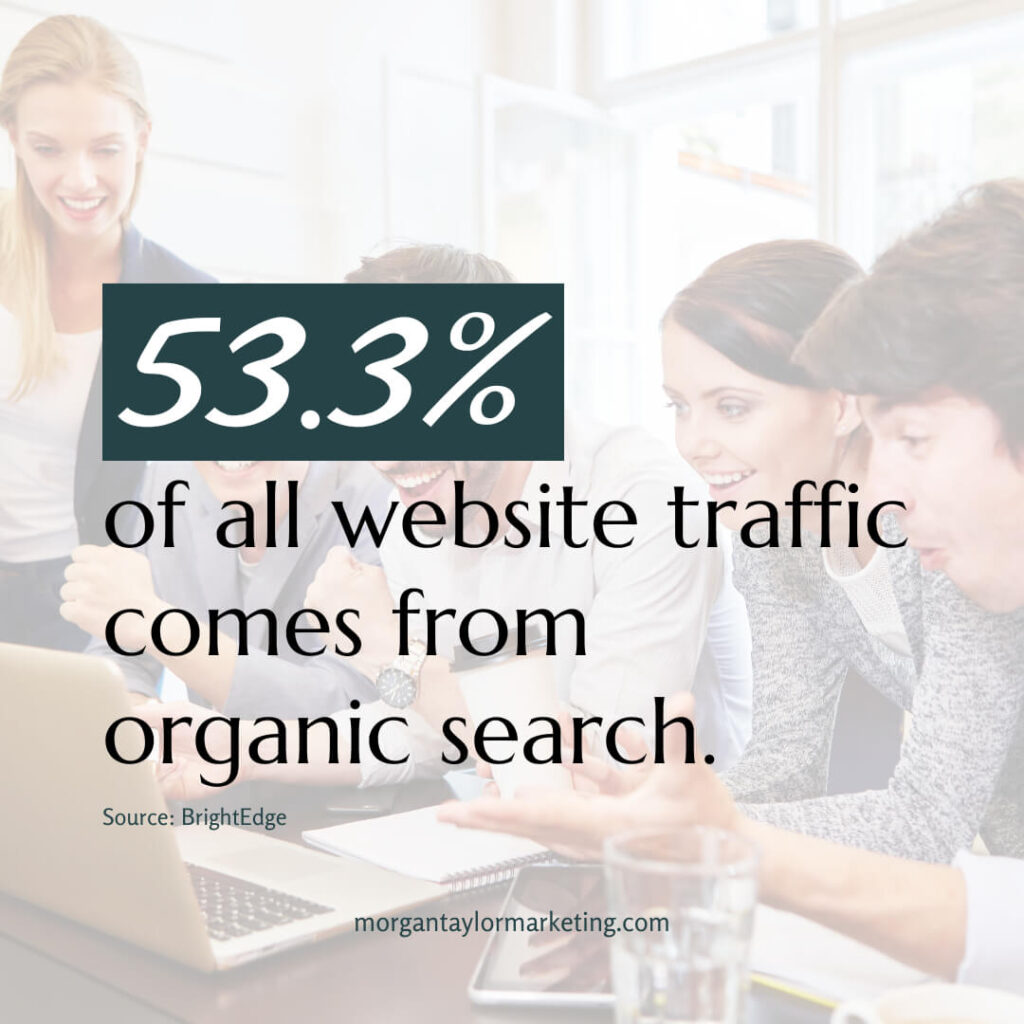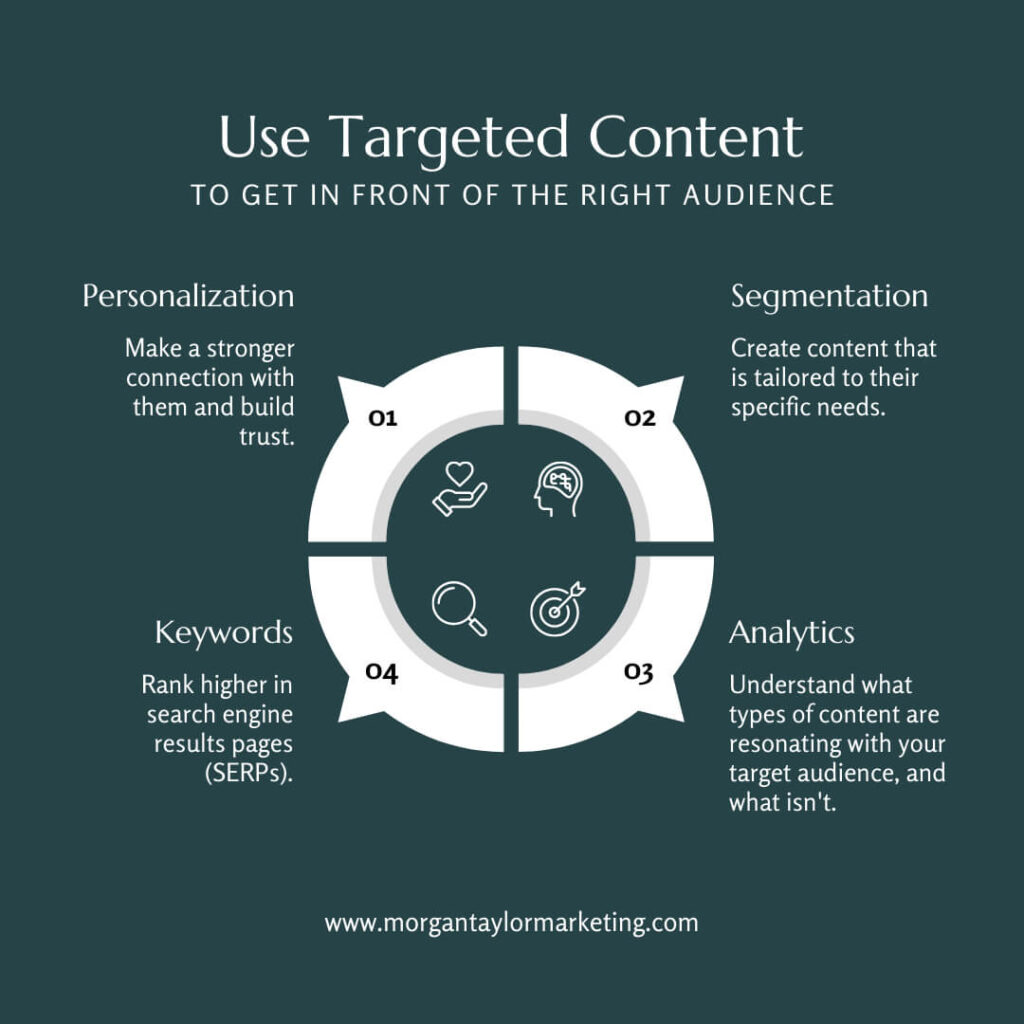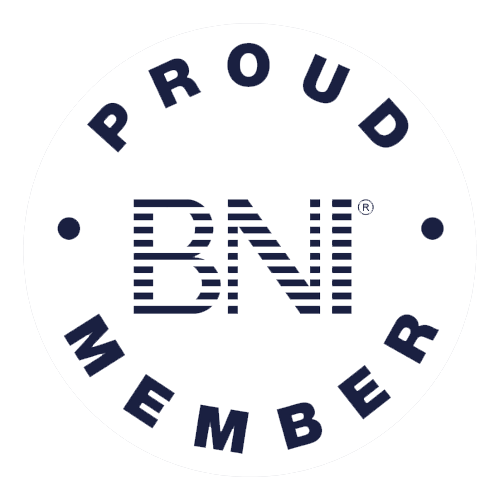Make every click count with Facebook Pixel mastery.
Facebook Pixel is a powerful tool that allows you to track user interactions and conversions on your website, and it provides valuable data for optimizing your Facebook advertising campaigns. By understanding how to effectively use Facebook Pixel, you can make informed decisions, improve ad performance, and boost your overall conversion rates.
Understanding the Importance of Facebook Pixel
A piece of code called Facebook Pixel is something you add to your website.

It allows you to track user actions, gather data, and measure the effectiveness of your Facebook ads. With this data, you can optimize your ad campaigns, reach the right audience, and increase conversions.
What is Facebook Pixel?
In the realm of digital marketing and Facebook ads, Facebook Pixel emerges as an invaluable tool that holds the potential to revolutionize your advertising strategies. But what exactly is it?
In essence, Facebook Pixel can be described as a sophisticated analytics tool offered by Facebook. It functions as a piece of code that you can integrate into your website. This unassuming piece of code is a game-changer as it enables you to gather valuable data and insights regarding the actions users take on your website after interacting with your Facebook ads.

By utilizing Facebook Pixel, you gain the ability to track and measure a plethora of critical events, such as website visits, purchases, sign-ups, and more. The pixel’s true magic lies in its capacity to attribute conversions back to the specific ad that led to them, fostering a deeper understanding of your ad performance.
The data collected through Facebook Pixel is akin to a goldmine for marketers. Armed with this intricate information, you can optimize your ads, retarget audiences, and craft custom audiences to refine your targeting strategies. Ultimately, this translates to better ad efficiency, cost-effectiveness, and increased return on investment (ROI).
Embrace the power of Facebook Pixel and elevate your marketing efforts to new heights. Dive into the world of advanced analytics and unlock the true potential of your Facebook ads.
Section 1: Installing Facebook Pixel
- Setting Up Your Facebook Pixel: To get started, create a Facebook Pixel in your Facebook Business Manager account. You’ll receive a unique Pixel ID that you need to add to your website’s code.
- Installing Pixel Code on Your Website: Place the Facebook Pixel code on all pages of your website. This code will track user behavior and interactions.
- Verifying Pixel Installation: After installation, use the Facebook Pixel Helper tool or test events to ensure that the Pixel is working correctly.
Section 2: Customizing Pixel Events
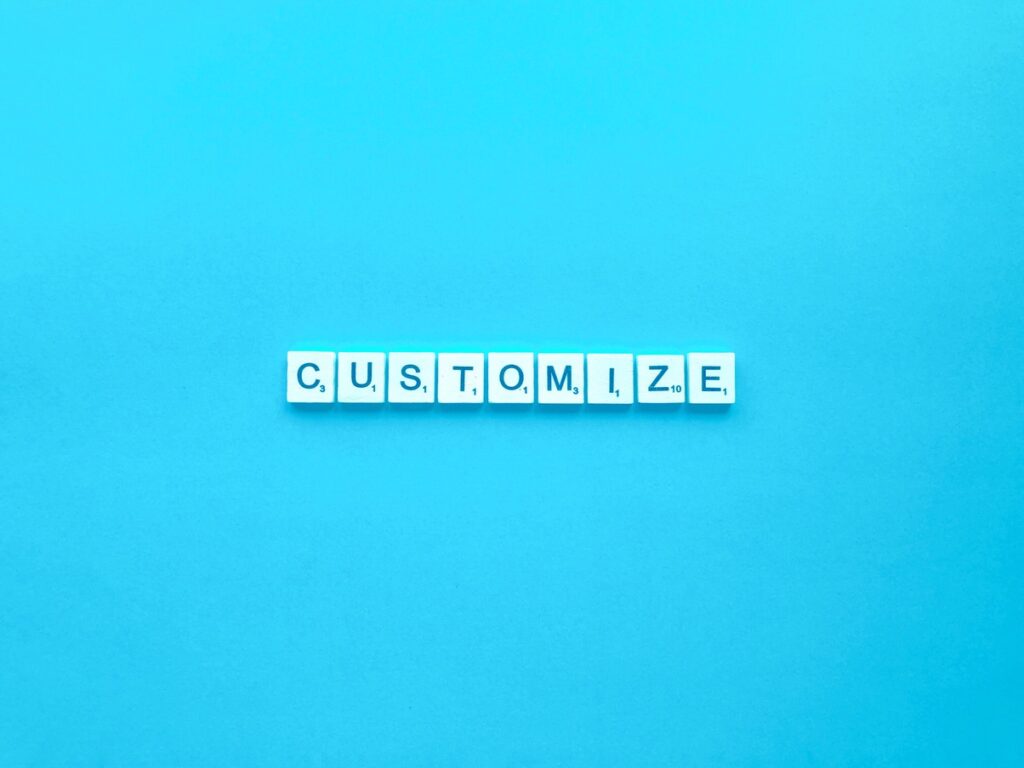
- Exploring Standard Pixel Events: Facebook Pixel offers standard events like Pageview, Add to Cart, Purchase, etc. Understand these events and their significance.
- Creating Custom Pixel Events: Tailor Pixel events to suit your business needs. You can track specific actions that matter to your conversions.
- Utilizing Parameters for Better Event Tracking: Use event parameters to gather additional information about user actions, such as the value of a purchase or the category of a viewed product.
Section 3: Tracking Pageviews and User Engagement
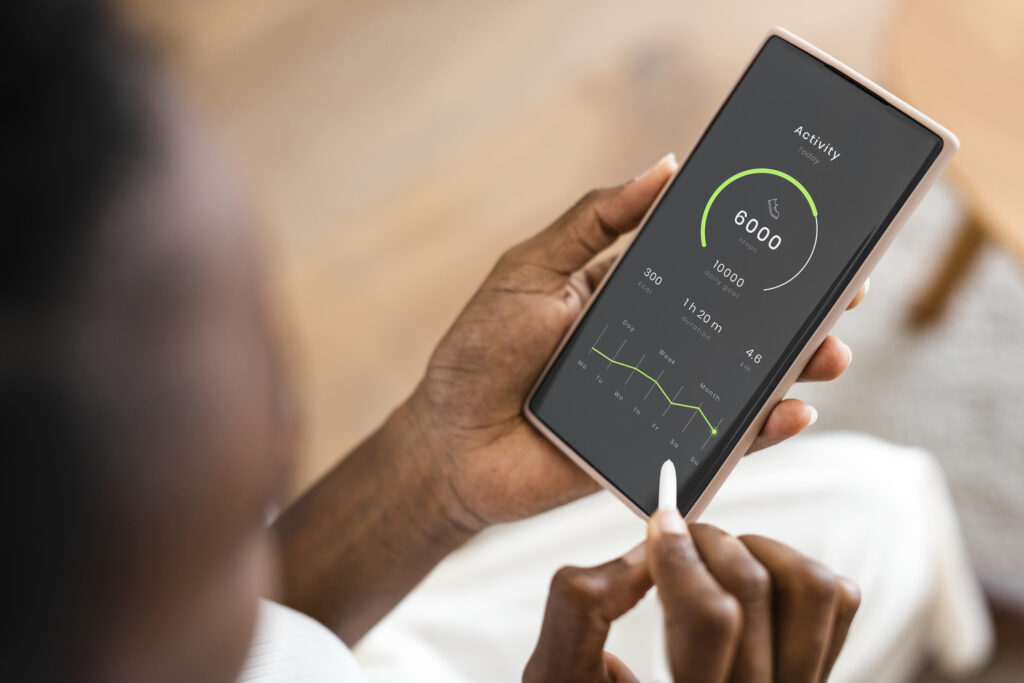
- Configuring Basic Pageview Tracking: Ensure that all pageviews are being tracked. This data helps you understand overall website traffic.
- Monitoring Time Spent on Page: Track the time users spend on each page to gauge content engagement and identify high-performing pages.
- Tracking Scroll Depth for Engagement Insights: Understand how far users scroll on your pages. This helps measure engagement and identify potential content improvements.
Section 4: Enhanced E-commerce Tracking with Facebook Pixel

- Implementing E-commerce Tracking on Your Website: For online stores, set up e-commerce tracking to monitor product sales and revenue generated.
- Tracking Product Views and Clicks: Measure the number of times users view and click on your products to analyze product interest.
- Monitoring Add-to-Cart and Checkout Actions: Track users who add items to their cart and proceed to the checkout, providing valuable data on cart abandonment rates.
Section 5: Leveraging Conversion Tracking

- Defining Conversions for Your Business: Determine what actions constitute conversions for your business, such as form submissions or lead sign-ups.
- Setting Up Conversion Tracking: Configure Facebook Pixel to track these conversions accurately.
- Analyzing Conversion Data in Facebook Ads Manager: Use the data collected to assess the performance of your ad campaigns and make data-driven optimizations.
Section 6: Retargeting with Facebook Pixel

- Understanding Retargeting and Its Benefits: Learn about retargeting and how it can bring back potential customers who have previously interacted with your website.
- Creating Custom Audiences for Retargeting: Build custom audiences based on specific actions users have taken on your website.
- Crafting Effective Retargeting Ads: Tailor ads that resonate with your retargeted audience and encourage them to complete desired actions.
Section 7: Facebook Pixel and A/B Testing

- A/B Testing Importance for Optimization: Understand the significance of A/B testing in refining your ad strategies.
- Integrating Facebook Pixel with A/B Testing Tools: Combine Facebook Pixel data with A/B testing tools to gain deeper insights into ad performance.
- Analyzing and Implementing Test Results: Use the results from A/B tests to optimize ad creative, audience targeting, and bidding strategies.
Section 8: Optimizing Facebook Ads with Pixel Data

- Utilizing Pixel Data to Refine Ad Targeting: Leverage Facebook Pixel data to create precise audience segments for more effective targeting.
- Improving Ad Relevance and Click-Through Rates: Craft ad content that aligns with user interests and behaviors to improve engagement.
- Optimizing Ad Budget with Conversion Data: Allocate your ad budget more efficiently by focusing on campaigns that drive higher conversions.
Section 9: Troubleshooting and Pixel Maintenance
- Identifying Common Pixel Installation Issues: Recognize common problems with Pixel installation and tracking.
- Diagnosing and Fixing Pixel Tracking Problems: Troubleshoot and resolve issues affecting your Facebook Pixel data collection.
- Keeping Your Facebook Pixel Up to Date: Stay updated with Facebook Pixel changes and implement necessary updates.
Section 10: Privacy and Data Compliance

- Understanding Data Privacy and GDPR: Adhere to data privacy regulations, such as the General Data Protection Regulation (GDPR).
- Implementing Cookie Consent and User Rights: Obtain user consent for tracking activities and allow users to exercise their data rights.
- Complying with Data Protection Regulations: Maintain compliance with data protection laws to protect user data and avoid legal issues.
Facebook Pixel is a valuable tool for optimizing your conversion rates and improving the performance of your Facebook advertising campaigns. By effectively tracking user interactions and leveraging the data collected, you can make data-driven decisions to enhance your ad targeting, improve ad relevance, and ultimately achieve better results for your business. Don’t forget to regularly analyze your Pixel data and stay compliant with data protection regulations to ensure continued success with your Facebook advertising efforts.


